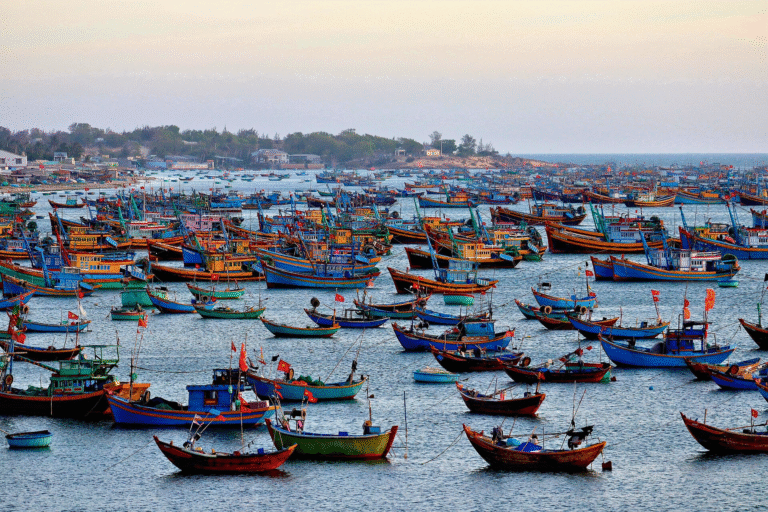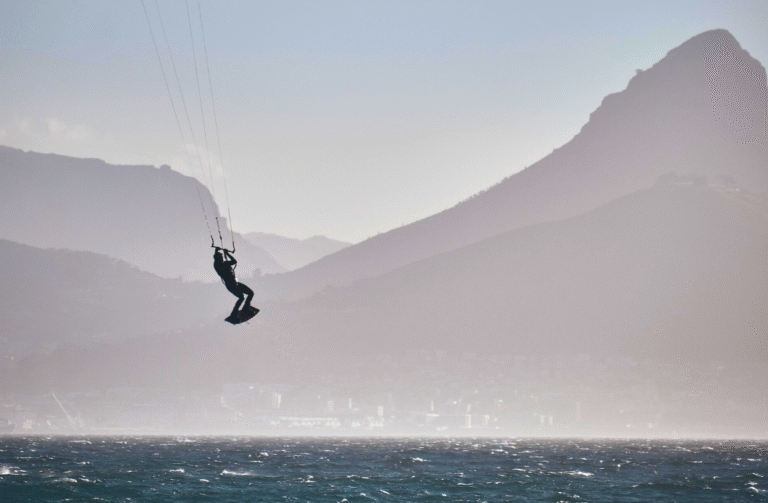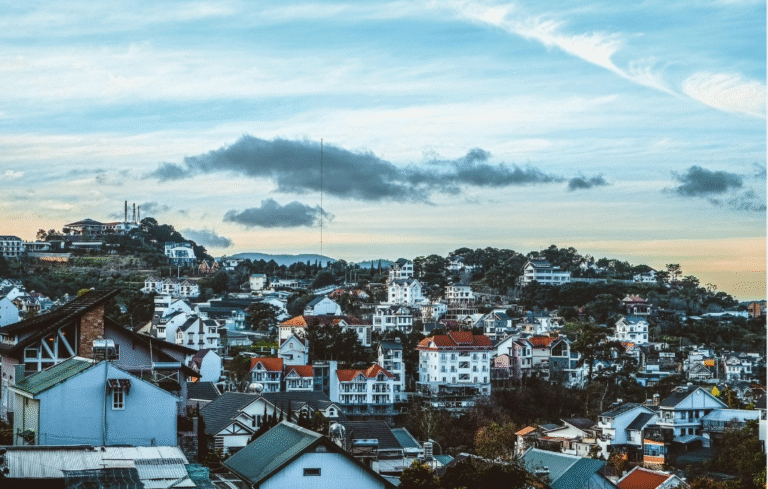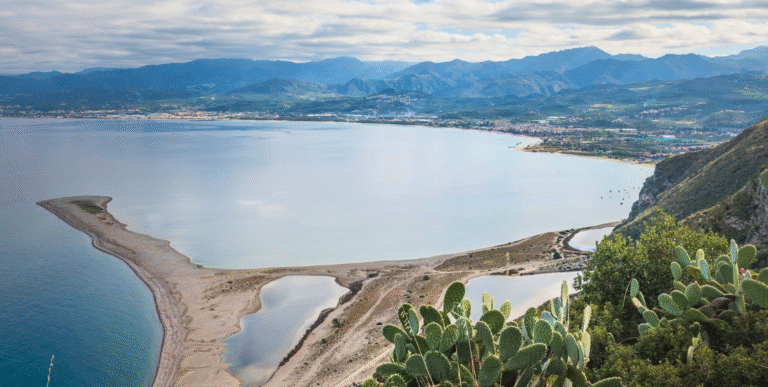The Complete Vietnam Travel Guide
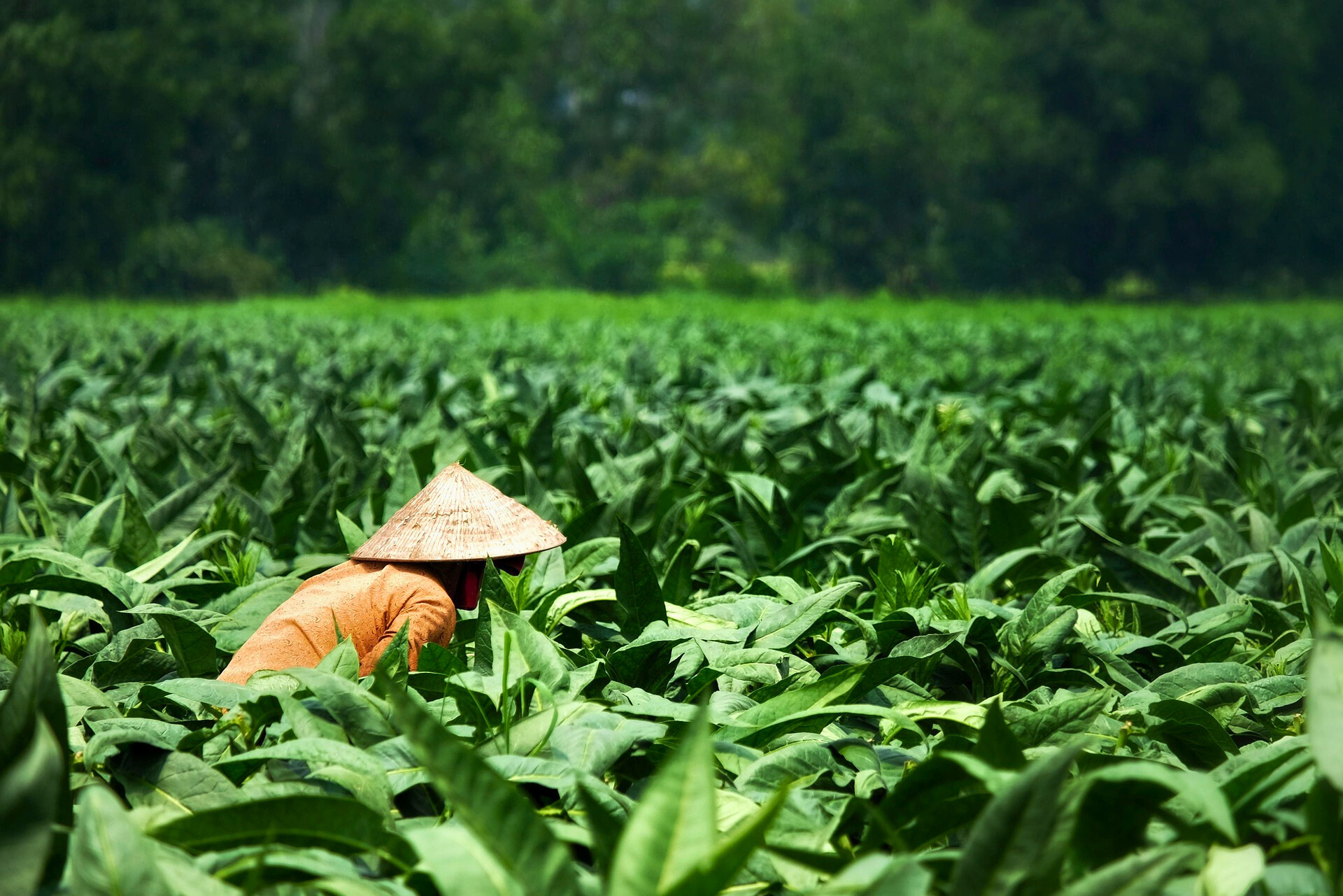
image by :pixabay.com
General Information
Currency
Vietnam Dong (VND) is used in Vietnam. The exchange rate is 1 USD to 20,000 to 22,000 VND. In large tourist cities, such as Ho Chi Minh City, Hanoi, and Nha Trang, US dollars are accepted as well.
ATM can be found easily in the major cities. High-end hotels, restaurants, and bars take credit cards. But small business, hostels may not take credit card.
It’s always good to have Vietnamese Dong on you. Especially if you’re heading to rural parts, make sure to get some cash in the city. (For backpackers, $20 USD a day should be enough)
Bring US notes for visa stamp fee. ($25 for single entry and $50 for multiple entries)
Language
Vietnamese is used everywhere in Vietnam. In the main cities, most of the people speak English. Check out some Vietnamese phrases on TripAdvisor!
Visa
VISA ON ARRIVAL – only accepted in 3 international airports (HCMC, Hanoi, and Danang)
There are 1-month single/multiple entries and 3-month single/multiple entries. Eligible for all nationalities, you need to get a Vietnam visa approval letter, print it and present it to board the flight and use it to apply for the visa on arrival. So, make sure you have the approval letter ready when you are leaving to the airport!
Stamp fee is $25 for single entry and $50 for multiple entries, only accept US dollars. Save your time by bringing 2 passport photos & entry and exit form. You can download the form here.
I applied my visa letter from http://cheapvietnamvisa.net, the standard one-month single entry which costs me $6, it says 2 days processing time, but I received my letter 4 hours after I paid.
TOURIST VISA – The visa on arrival is not accepted when you’re crossing overland, so make sure you obtain a tourist visa in advance.
Look up the closest Vietnam embassy: http://www.vietnameseembassy.org/
E-VISA – Eligible for 40 nationalities (Argentina, Armenia, Azerbaijan, Bulgaria, Belarus, Bruney, Chile, China (Not apply to Chinese e- passport holders), Colombia, Cuba, Czech Republic, Germany, Denmark, Spain, Finland, France, United Kingdom of Great Britain and Northern Ireland, Greece, Hungary, Ireland, Italy, Japan, Kazakhstan, South Korea, Luxembourg, Myanmar, Mongolia, Norway, Panama, Peru, Philippines, Poland, Romania, Russia, Slovakia, Sweden, Timor Leste, Uruguay, United States of America, Venezuela)
This is a new visa started from 2017. The benefit of this is that you don’t need to obtain the visa approval letter. If you’re eligible to apply, you can save a trip to the embassy and apply for the visa online. As this is a very new way to get a visa, check https://evisa.xuatnhapcanh.gov.vn/en_US/home for more info.
Visa Extension – It differs from nationalities, contact a local travel agent would be the best way to find out your options.
Weather
Since Vietnam is a big country, almost the size of Germany according to Wikipedia, the weather is different from north to south.
North: Cold in winters and hot in summers. Best time to travel is spring (March-April) and Autumn (October-December). However, the highland areas are always colder.
South: Hot and dry from March to May/June; rainy from June/July to November; and cool and dry from December to February.
Transportation
By Plane
Vietnam has two major international airports, Ho Chi Minh and Hanoi, most of the tourists fly in here. There are plenty of option for domestic transportation, flights are fast and cheap!
Vietnam Airline, Vietjet Air, Jetstar are 3 main domestic carriers.
By Rail
During my time in Vietnam, I didn’t travel by rail at all. The reason is that some of the stations are outside of the city, and it’s difficult for me to find transportation to get to my hostel.
However, train is a great way to get around in Vietnam. It’s also possible to travel between China and Vietnam. More info on rail travel on Seat 61.
By Bus
Most of the hotels work with bus lines and it’s the most convenient way to book a ticket. Also if you book from the hostel, it’s likely that the bus will pick you up!
You can choose between single ticket and open bus. Open bus is a Hop-on and hop-off system which allows travelers to explore a place at their pace.
Personally, I prefer to buy one ticket at a time instead of an open bus ticket. By doing this, I don’t need to stick with one bus company, and I don’t need to go into the office every time to assign seat when I try to go somewhere else. I don’t have a preference for a particular company, whichever the hostel booked for me was all right.
For longer journey, it’s usually sleeper bus which allows you to lay down and rest. Ask for top bunk to avoid people walking around when you try to sleep. Sleeper bus usually stops every 2 or 3 hours for a bathroom break, so bring a loo roll with ya!
Futa bus and The Sinh Tourist are 2 most well-known bus company. I recommend booking the tickets on Baolau.
Traveling by bus is a good way to cross the border, as the staff will assist travelers with the visa and paperwork, reduce the risk of being ripped off by officials. Sometimes, they scam the tourists by charging extra $5 on the visa and claiming the price has raised (happened to me.) However, I saw it as a service fee since the process was fast and smooth.
By Motorcycle
Experienced bikers can purchase a used bike for $200-$300 and drive from Ha Noi to Saigon (or vice versa.) This is the best way to see the country and do everything you want to do at your speed. But it’s physically challenging and time-consuming. Also, it would require basic knowledge of motorbike.
If you’re new to driving bike, you can rent a bike in the city (usually can be done in the hostel) and explore the town.
Although many other tourists are driving motorcycles in Vietnam, it’s technically illegal to drive since we don’t have the license. However, if you obey the rules and wear helmets, you should be okay. Driving with cautious since the traffic in Vietnam is chaotic.
By Boat
I think the boats are more of tourist purpose than transportation, but traveling by boat is an option as well. Phnom Penh to HCMC takes about 5 hours. However, I haven’t heard anyone who has done it, though. (If you did, share the experience with me!)
Accommodation
Hostels
Hostelworld and TripAdvisor are 2 of my recommendation. I usually look up available hostels on Hostelworld first, then I check the review on TripAdvisor. One thing you should be aware of is that some hostels in Vietnam are party hostels, they offered free beer, game nights, pub crawl, and more activities to make sure the guests enjoy the night scene, which also means that the guests are more likely be loud at late night.
For a hostel, $4-$6 will get you a decent bed with wifi and breakfast. Some hostels offer pool access, family dinner, and laundry service would cost $8-$10.
Hotels
A bit more expensive, but still great deals! A comfortable double room should cost $25-$50. For $80 a night, you can get yourself a bed in a high-end luxury hotel! My two go-to booking websites are TripAdvisorand Hotels.com.
Destinations
Ho Chi Minh City
Known as Saigon, or the abbreviation HCMC, the second largest city in Vietnam, has turned into a modern age metropolis from the war.
Must visit sites include Reunification Palace and War Remnants Museum, where you can see the photographs of man’s cruelty during the Vietnam (American) War and understand more of the history. Cu Chi Tunnel and Mekong Delta tour are great ways to spend a day.
Mui Ne
The formerly little-inhabited beach south of the fishing village of Mui Ne proper has seen some serious development in the last 15 years. Now it is a 15 km long strip of resorts that line up like pearls on Nguyen Dinh Chieu street, shaded by coconut palms.
Dalat
The alter ego of Vietnam, instead of tropical hot weather, the city is fresh and breezy. Instead of rice, this is the place of flowers, strawberries, and fruits.
Nha Trang
The French recognized that this beautiful bay, with its islands and white sand beaches, made for a perfect bathing spot, and began the transformation into a resort town. This is also the scuba diving center of Vietnam. Party boat and island hopping are favorite activities for backpackers!
Hoi An
If you ask a backpacker what’s his/her favorite town in Vietnam, the answer is almost always Hoi An, the culture & heritage that UNESCO World Heritage Site. The heart of the city is still the Old Town, full of winding lanes and Chinese-styled shophouses, which is particularly atmospheric in the evening as the sun goes down.
Danang
Vietnam’s third largest city, and is located on the Eastern Seacoast. The city itself has its share of sights, making it a favorite vacationing spot for those looking to explore the attractions of central Vietnam or soak up some rays while hanging out on the city’s beaches.
Hue
In the central region of Vietnam and one of the most cultural cities in Vietnam, where you can explore pagodas, temples, inner sanctum also known as the Forbidden Purple City, and the Imperial Tombs.
Phong Nha
Now become well known as one of the most beautiful and exciting areas of Vietnam. The main attractions are the trekking tours where you can explore the biggest cave in the world. Other activities, such as ziplining and kayaking are also popular here.
Ha Noi
The capital of Vietnam is a fascinating blend of East and West and is now going through a building boom, making it a rapidly developing city in Southeast Asia. Consistently ranked among the world’s top 10 destinations by TripAdvisor, the city and its surrounding region get more tourists every day.
Ha Long Bay
This unique UNESCO World Heritage Site, the dramatic scenery where you can see the islands vary greatly in size and shape as well as structure. In Ha long Bay, around 1969 limestones are rising from the sea. On top of each island has a massive amount of trees, there are several large caves located on the island. Join an overnight tour, allow yourself to spend 2 or 3 days on the boat to visit the area and Cat Ba Island.
Sapa
A beautiful, mountainous town in northern Vietnam, along the border with China, located at 1500 meters (4921 feet) above sea level. Sapa is famous for both its fine, rugged scenery and also its rich cultural diversity. Sapa is an incredibly picturesque town, and its surrounding region is host to many hill tribes, as well as rice terraces, lush vegetation, and Fansipan, the highest peak in Vietnam.
Don’t forget to share this guide with your friends
Image Credits:All images are used for informational or inspiration purposes only. Some images used in this post are sourced from royalty-free websites like Pixabay or created using Canva Pro. If you are the copyright owner of any image used here and would like it removed or credited, please contact me.


